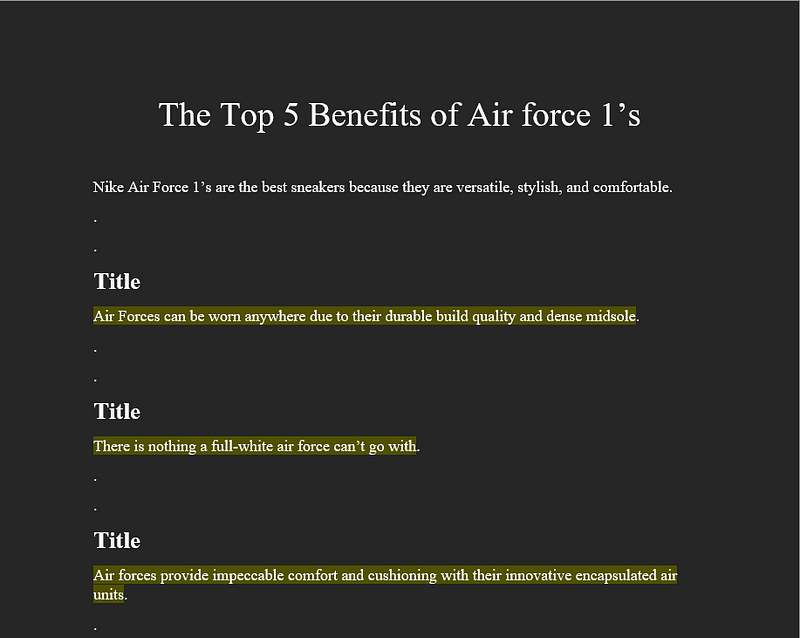Mastering Coherence and Cohesion for Engaging Writing
Written on
Understanding the Essentials of Writing
To captivate your audience and keep them engaged, it is crucial to present your ideas in a logical and connected manner. The way you arrange your thoughts and the transitions you employ can significantly influence how your content is received. When readers encounter a seamless flow of ideas, they are more likely to enjoy the reading experience and remain engaged.
The Power of Coherence and Cohesion
Coherence and cohesion are two vital components that contribute to effective writing.
Coherence refers to the logical arrangement of your ideas and sentences, while cohesion acts as the connective tissue that binds these ideas together, ensuring a smooth and enjoyable reading experience.
Importance of Coherence
Coherence is essential as it enhances the readability of your content. If your ideas lack a clear order, readers may struggle to understand your main points, resulting in frustration or confusion.
To ensure clarity, start with a well-defined thesis statement that outlines your main objective. This statement serves as a guiding reference, helping you maintain focus and link your topic sentences effectively.
For example, consider the following thesis statement:

Crafting Topic Sentences that Align with the Thesis
Organized content is key to keeping your readers engaged. By connecting your topic sentences to your thesis statement, you create clarity and facilitate understanding, encouraging readers to continue through your text.
Here are examples of topic sentences that align with a thesis statement:

Filling Paragraphs with Relevant Ideas
After establishing your topic sentence, it's important to develop the paragraph with sentences that relate to it. This micro-organization helps maintain clarity.
Consider the incoherent sentence:
“Most trainers have a habit of recommending supplements to their trainees. My father takes some himself; consequently, my mom became less fond of the trainer.”
While the main idea is somewhat clear, it requires effort to understand. A clearer alternative might be:
“Most trainers often recommend supplements to their trainees. My mom dislikes supplements, but since my father started taking some as suggested by his trainer, she has grown less fond of him.”
Exploring Cohesion
Cohesion connects your coherent ideas through transitions and relatability. Achieving cohesion can be accomplished through four effective strategies:
Reference Words:
Using reference words such as "this," "that," "it," and "they" helps avoid redundancy in your writing. For instance:
Instead of saying:
“Sarah lives in Paris. Paris is a lovely city...”
You could write:
“Sarah lives in Paris. It is a lovely city…”
Repetition of Key Ideas:
Repeating important words or concepts within a paragraph reinforces your message and keeps readers engaged.
Transition Signals:
These phrases link sentences logically, enhancing the flow of your writing. Examples include "Consequently," "Similarly," and "Ultimately."
Substitution:
Varying your word choice while maintaining the same reference can keep your writing fresh. For example:
“Pizza is one of my favorite foods. I usually eat a large one by myself…”
Incorporating these techniques will enhance the clarity and readability of your writing.
Chapter Insights on Coherence and Cohesion
To further explore the concepts of coherence and cohesion, check out the following videos:
Understanding Coherence and Cohesion
This video delves into the true meaning of coherence and cohesion in writing, offering insights on how to apply these principles effectively.
Mastering IELTS Writing: Coherence & Cohesion
In this video, you’ll learn about three essential elements for achieving high scores in IELTS writing, focusing on coherence and cohesion.
Now that you understand the essential aspects of coherence and cohesion, you are better equipped to create logical and enjoyable content for your readers. Happy writing!